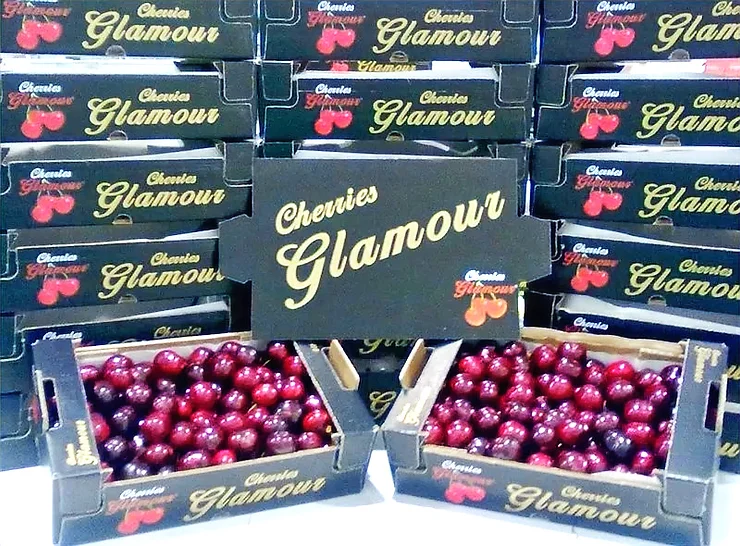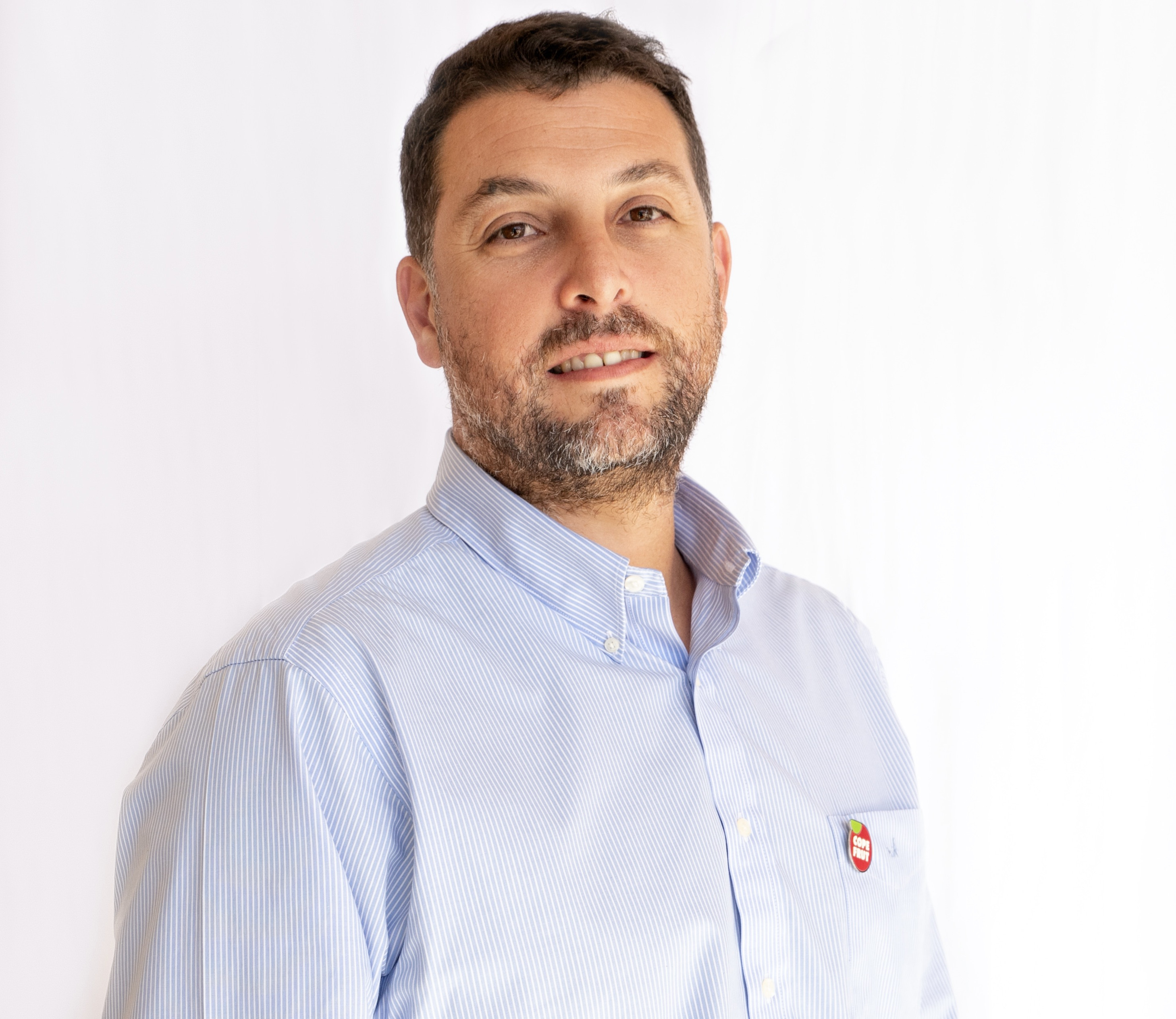The "Cherry Management and Physiology" course, promoted by Mundoagro Capacita, together with MBL, Kimitec, Koopert, Corteva, and UPL as sponsors, started with a focus on the physiology and management of cherries, with particular attention to environmental factors.
With the participation of over 500 students and led by Professor Walter Masman, a technical consultant specializing in cherries and stone fruits, the first lesson explained how new cultivation areas have recently opened up and how factors like the climate influence this development and even allow exploration of other places for cultivation.
Globally, from the perspective of cherry production, our country contributes 53% of global exports, making it the leading exporter worldwide, and in South America, it represents 99%.
Regarding exports, last season reached 82,795,800 boxes, a figure very similar to the previous season (only -0.3% less). However, there is a substantial decline compared to forecasts (about 105 million boxes), which were not reached mainly due to climatic factors.
Today, it is estimated that there are 61,559 hectares of cherry trees, with the main producing regions being Maule, followed by O'Higgins and then, on a smaller scale, the Metropolitan region. "Considering the sale of rootstocks by the leading national producer, we could say that we exceed 75,000 hectares, not including what we have had since 2016 onwards.
If we compare this number with what has been achieved in terms of production, there starts to be a logic from a numerical point of view, and in terms of volume, it may be that we will reach the peak in 2024/25, reaching a production plateau," said Masman.
In terms of agroclimatic zones, the advisor highlighted that, for example, in the region of Coquimbo, "they had a positive year, primarily from the perspective of water, which is extremely important and allowed us to foresee a good season, but also to have chill hours for this area." These areas have a very low chill accumulation, mountain sectors with low relative humidity, limiting water, a niche for early varieties, and good thermal accumulation.
Another important area on the horizon is the region of Valparaíso, adding that it is a newly explored territory positioned for table grapes, avocados, and citrus fruits. "There is a good relationship between avocado and citrus, with the requirements needed by cherries."
"Interestingly, today in this area there are very relevant conditions in the valleys from the perspective of thermal accumulation, which allows for early ripening, medium-low chill accumulation, extreme mountain zones, good thermal accumulation, for positioning an early niche, like in the fourth region," said Masman.
Another topic discussed was why cherries need cold, which according to Masman is one of the most important aspects for their development. "Last year we had 30% less cold accumulation compared to the last nine years. It was a disastrous year in terms of cold, which is why we saw the results we got. This year has been considered the coldest in recent periods, so we have to see how we will handle it."
The Rootstock
Another important issue according to Masman, little addressed in the cherry sector, is that of rootstocks. The consultant indicated that the reasons for their use are "the uniformity, the early productivity, the adaptability to the environment, the resistance or tolerance to biotic agents (pests and diseases), as well as the type of soil and the water requirements, especially considering the water scarcity."
Regarding achieving uniformity, according to Masman, the multiplication of plants through seeds brings with it inevitable genetic variation, so the desirable characteristics of a particular variety must be preserved, ensuring a uniform planting, where individuals are genetically identical to each other and their parent.
The rootstock influences the cultivar to a large percentage of its development and characteristics (75-90%), while the cultivar influences the rootstock only to a small percentage (10-25%), mainly affecting disease sensitivity (viruses), root asphyxiation, chlorosis, and a very reduced influence on root development.
Among the reasons for using rootstocks, the characteristics to be preserved are not only in the commercial cultivar but also in the rootstock that allows that commercial cultivar to develop successfully, so good affinity and compatibility are necessary. Affinity implies the ability to bond two parts, while compatibility concerns the ability to maintain this union over time satisfactorily.
The choice of rootstock will condition the duration of the orchard, the type of training, and the incidence of pruning and harvesting interventions, which in turn will affect the cost per kilogram of fruit produced, so it is essential to know the affinity between the rootstock and the variety.
Natural Solutions for Production
MBL also participated in the course, where Tania Hernández and Consuelo Solis presented the "Program for the Size and Quality of Cherries, Sustainable and Residue-Free". MBL is a Chilean company with over ten years of activity, developing and commercializing ecological agricultural inputs for the national and international fruit and vegetable market. Their solutions include those focused on the cherry industry.
"As the technical department of MBL, we have extensive support from laboratory and field tests in the main production areas of the country and in the most important varieties. Based on this, we focus on how to take production to the next level, prioritizing the use of plant-based products in a market that is really difficult," said Tania Hernández.
The second session saw the participation of Gustavo Noriega Kamisato, Product Manager of Kimitec, who spoke about "Bioinnovation in the Service of Cherries". Kimitec is a Spanish company that offers solutions for the transition from chemical to natural, maintaining efficiency and profitability. For this reason, they created the MAAVi Innovation Center, the largest center for applied natural biotechnology innovation in Europe.
In this sense, Noriega added that they work with LINNA, "our artificial intelligence platform, where we improve our knowledge of natural compounds and behavioral models after more than fifteen years of decoding nature."
"Given the high demand for cherry production worldwide, we have a portfolio of our solutions to achieve the goals set by the sector, from yield, to size, condition, micronutrients, nutritional balance, biostimulation, stress physiology, rooting, water and nutrient absorption, and soil maintenance," added the Kimitec representative.
The next lesson will be held on Tuesday, June 11 at 7:00 PM in Chile and at 6:00 PM in Peru and will focus on "Causes and Physiology of Scoring Development", with the participation of Corteva.
Source: Mundoagro
Image: Mundoagro
Cherry Times - All rights reserved












